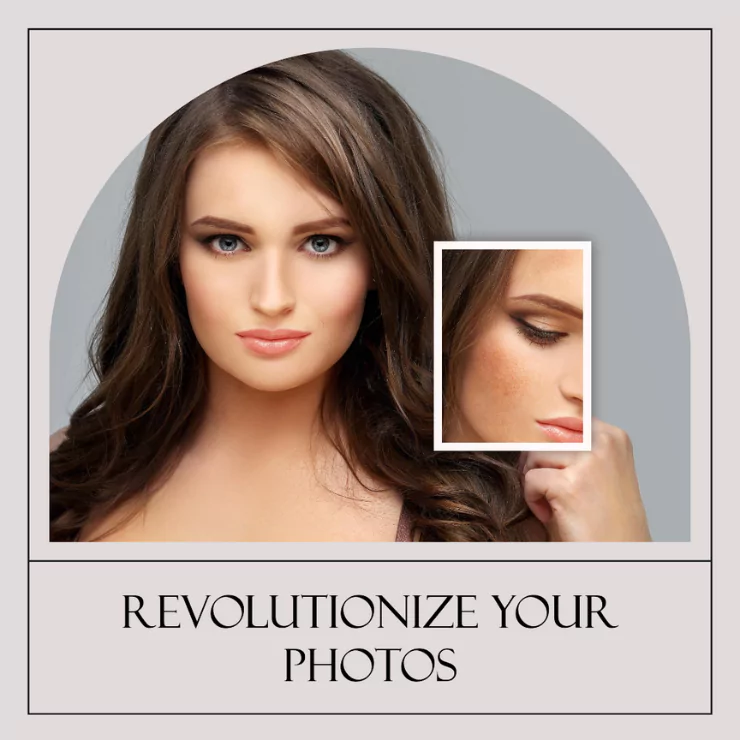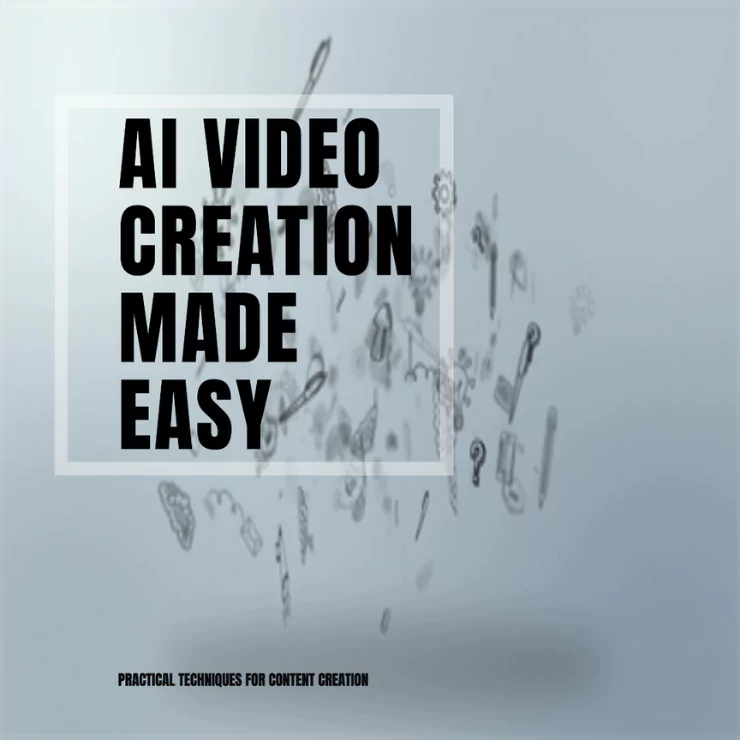Entering 2024, the combination of artificial intelligence (AI) and creative design is now a part of our daily lives, changing how we use and enjoy the things around us. This article will take you through the exciting blend of AI and design, a mix that’s creating a buzz in different work areas.
It’s an important read for anyone who wants to know how these modern developments are shaping the way things look and work. If you work in design, love technology, or are just interested in what design will look like in the future, this article is your sneak peek into the top AI and design trends to keep an eye on for 2024.
How AI is becoming an integral part of the design process
Artificial Intelligence (AI) is increasingly evolving as a cornerstone in the design industry, fundamentally altering how designers approach their craft. AI’s integration into the design process is multifaceted, offering practical and creative benefits. Designers are now equipped with AI tools to automate everyday tasks, allowing them to focus on more challenging and creative aspects of their projects. These tools can analyze vast datasets to predict trends, personalize user experiences, and generate design elements that resonate with target audiences.
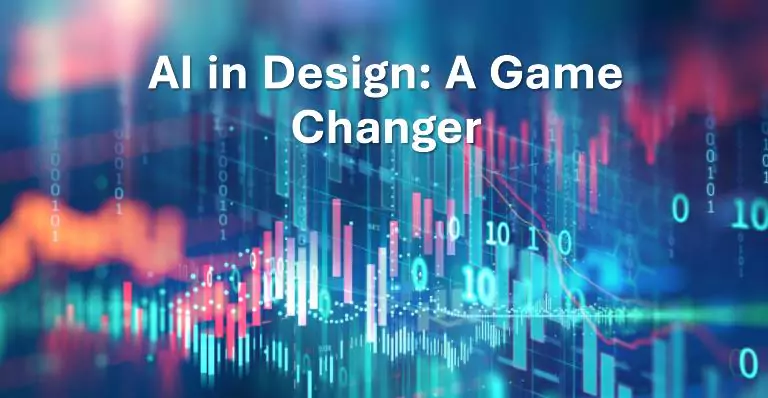
Moreover, AI facilitates a collaborative environment where designers can merge their creativity with machine efficiency. This symbiosis enhances the design process, making it more adaptive and responsive to the evolving needs of both designers and users. AI’s predictive capabilities also play a pivotal role in project management within design, identifying potential challenges, and proposing solutions proactively. As AI continues to evolve, its integration into design workflows promises to unlock new realms of creativity and efficiency, reshaping the future of design.
Emerging AI and design trends in 2024
The AI and design trends for 2024 showcase a mix of tech advancements and artistic creativity, transforming how we think about design in different areas.
Here are the key trends in AI and design that you should be aware of for 2024.
UX/UI design
AI is changing the game in UX/UI design by making it more tailored to each person’s likes and habits. Products, software, and apps are being designed with unique user experiences in mind, thanks to AI. Looking ahead, we can expect UX design to be more personalized, lively, and creative because of what AI can do. People want things that fit their style and needs, so content, shopping, and interfaces are becoming more customized. Designers can use AI to quickly understand what users do and want, leading to smarter and easier-to-use designs.
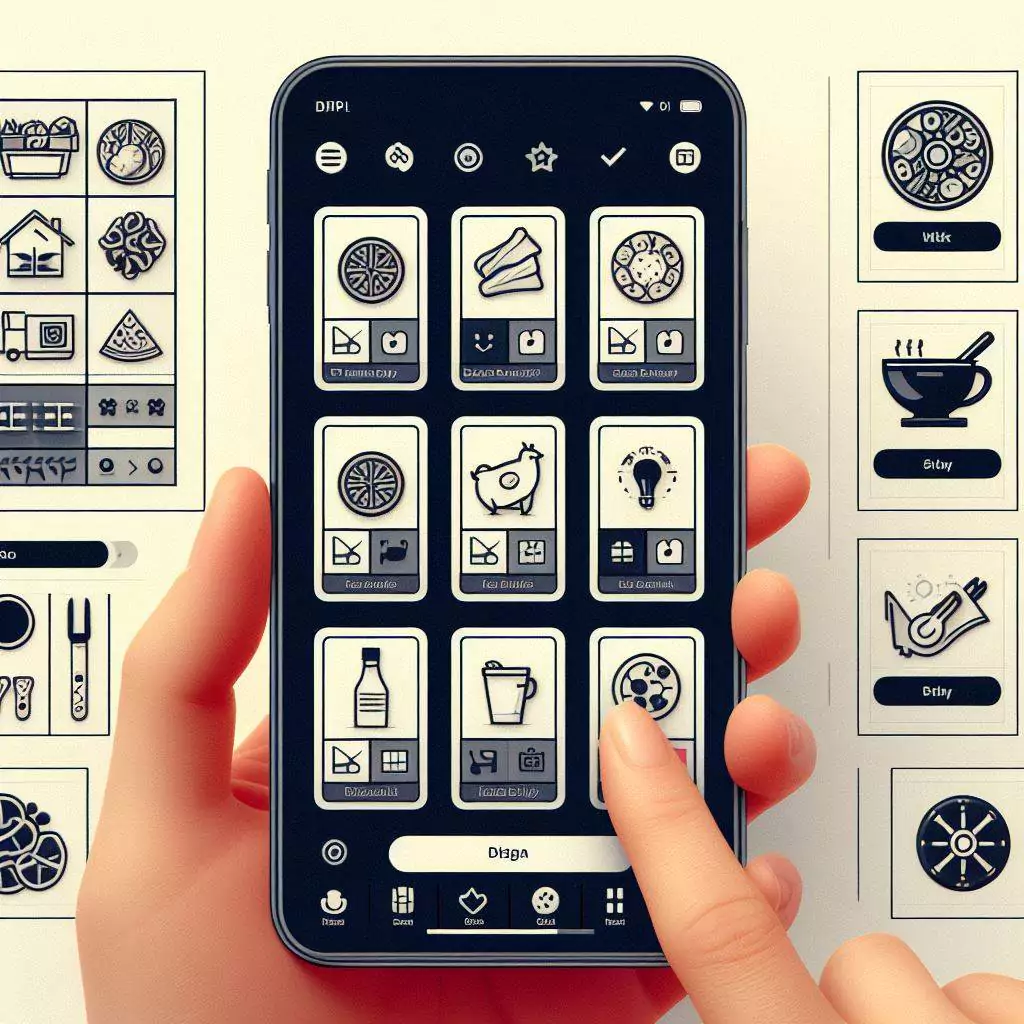
AI is getting better at figuring out what users need before asking, making using apps and software smoother and more fun. It’s like the interface knows what you like and changes for you, marking a big change in how we create designs. Making things more personal is key to keeping customers happy and making brands successful.
Collaboration in Design through AI Amongst Creatives
Artificial Intelligence (AI) is revolutionizing the way designers work together. With AI-enhanced design instruments, designers can effortlessly collaborate from any corner of the globe. These creative tools leverage machine learning algorithms to grasp the unique style of each designer and proffer ideas that complement one another, nurturing a unified and inventive team dynamic.
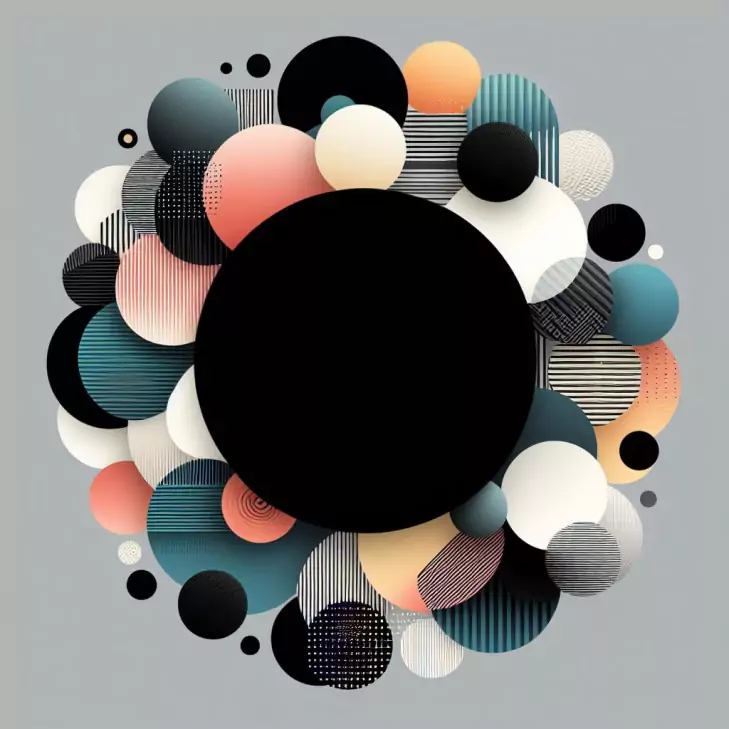
Moreover, numerous platforms have functionalities like real-time collaborative design, automated version control, and intelligent design suggestions driven by AI. Such features make team projects more manageable, optimize workflows, and encourage originality. It’s akin to having a portable design workshop, where collaboration and innovation are not bound by physical location.
AI in design education platforms
AI is changing how we learn and teach design. More and more, design learning websites are using AI to create custom learning paths. For example, ProApp uses AI to adjust the teaching to fit how fast and how each person learns. These sites have interactive activities, give feedback right away, and have AI guides ready 24/7 to help with design questions. They also give instant critiques on design work, with AI checking and giving advice like a real teacher.
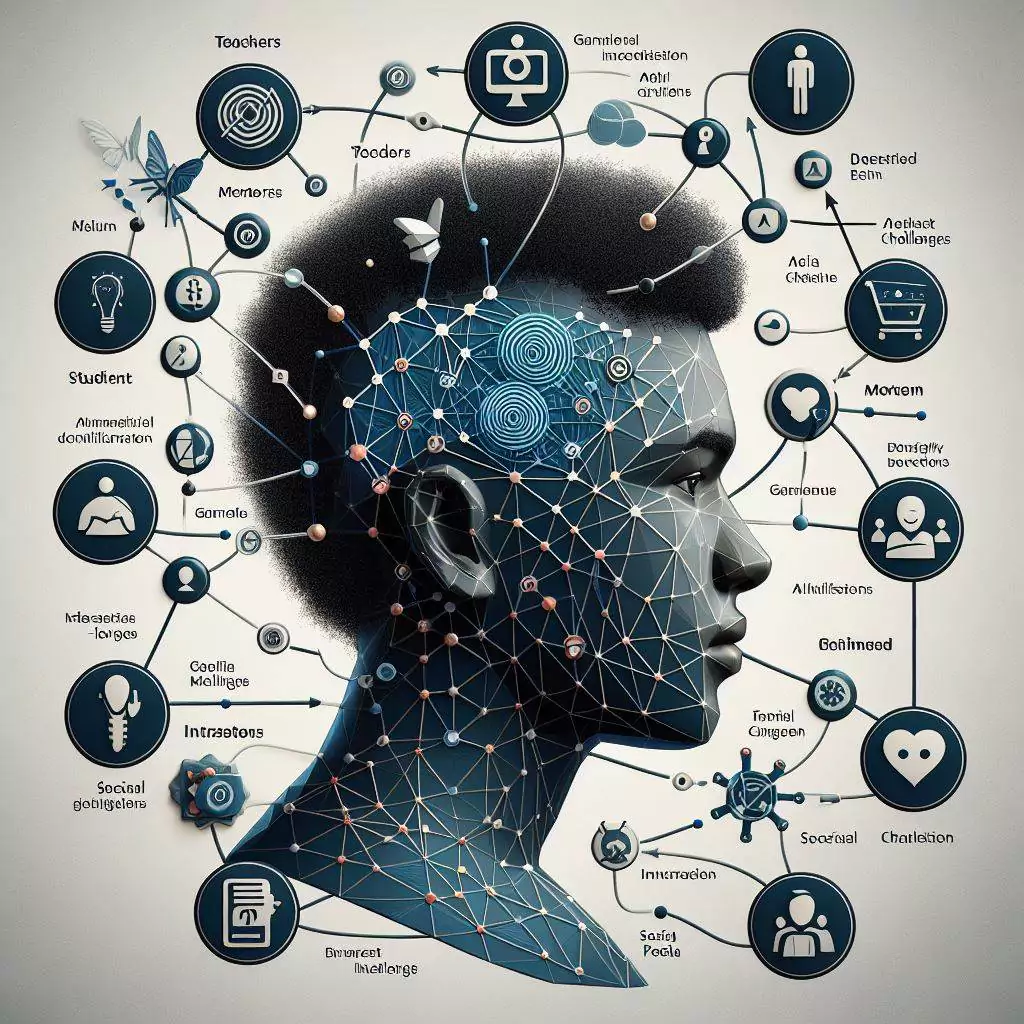
It’s like always having your design tutor, which makes learning about design more accessible and more affordable for everyone.
3D design
In 2024, 3D design is going to get a lot better. New tech and software let designers make amazing 3D images that look real and have depth. This change is making graphic design better and different because now designers can make things you can move around and interact with. Adding VR (virtual reality) and AR (augmented reality) makes these designs even cooler and more accurate so that people will remember them more.
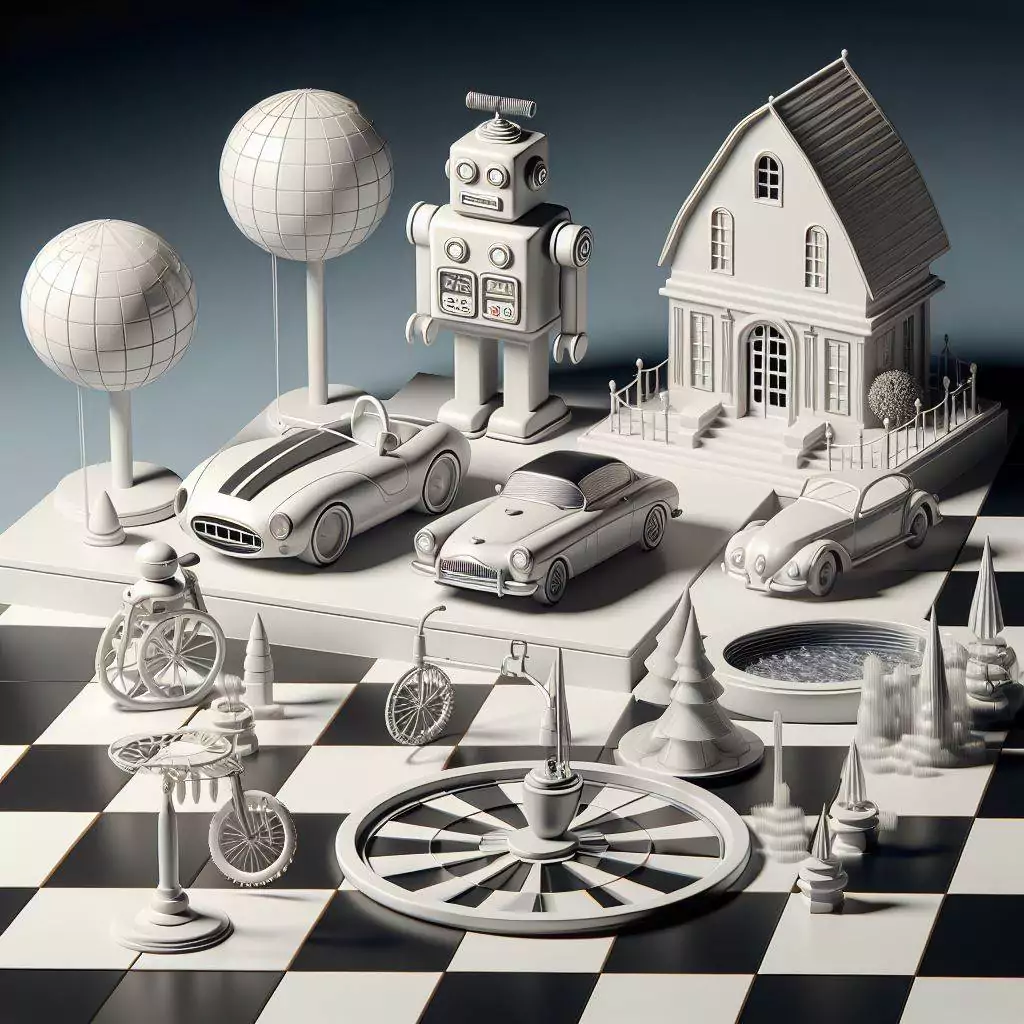
Also, this is changing how we do graphic design. Now, we can make new kinds of VR and AR spaces that are impressive, turning simple 2D designs into 3D ones that you can explore and that are easy for everyone to use.
Web design
AI is making it easier to create websites automatically. Now, AI can take a few simple choices from you and make a whole website with the design, colors, and how you interact.
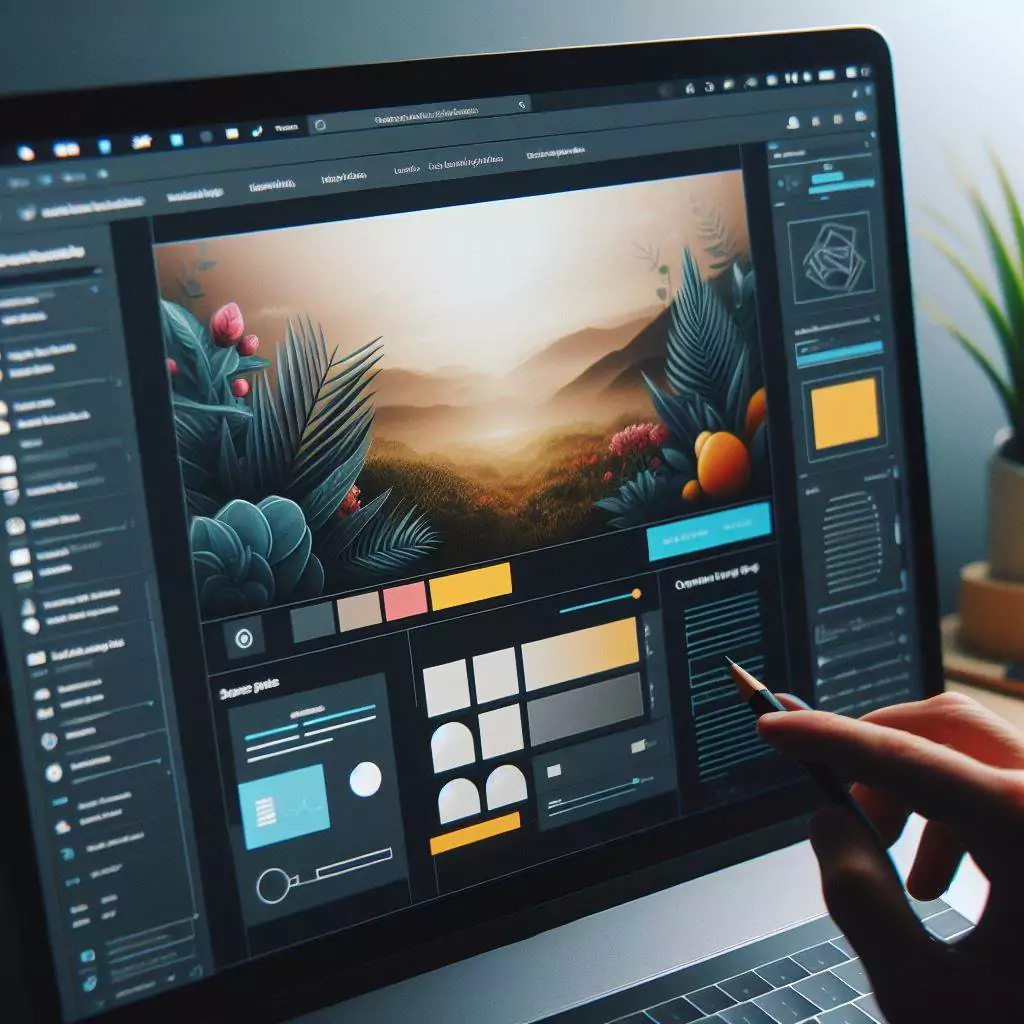
These AI website builders improve as more people use them, making them easier to use and understand. This new way of creating websites is opening up web design to more people, making it quicker and simpler to get a website up and running.
Ethical design
In 2024, ethical design will be essential, and AI will play a big part in ensuring it happens. AI will help make sure that everyone, including people with disabilities, can use designs.
AI will check if people with color blindness can see the designs, if people with dyslexia can scan the text, and if people with motor difficulties can navigate through them. Plus, AI will help determine if a design is good for people’s mental health and makes them feel good. This means designs will look nice and do good things for people, too.
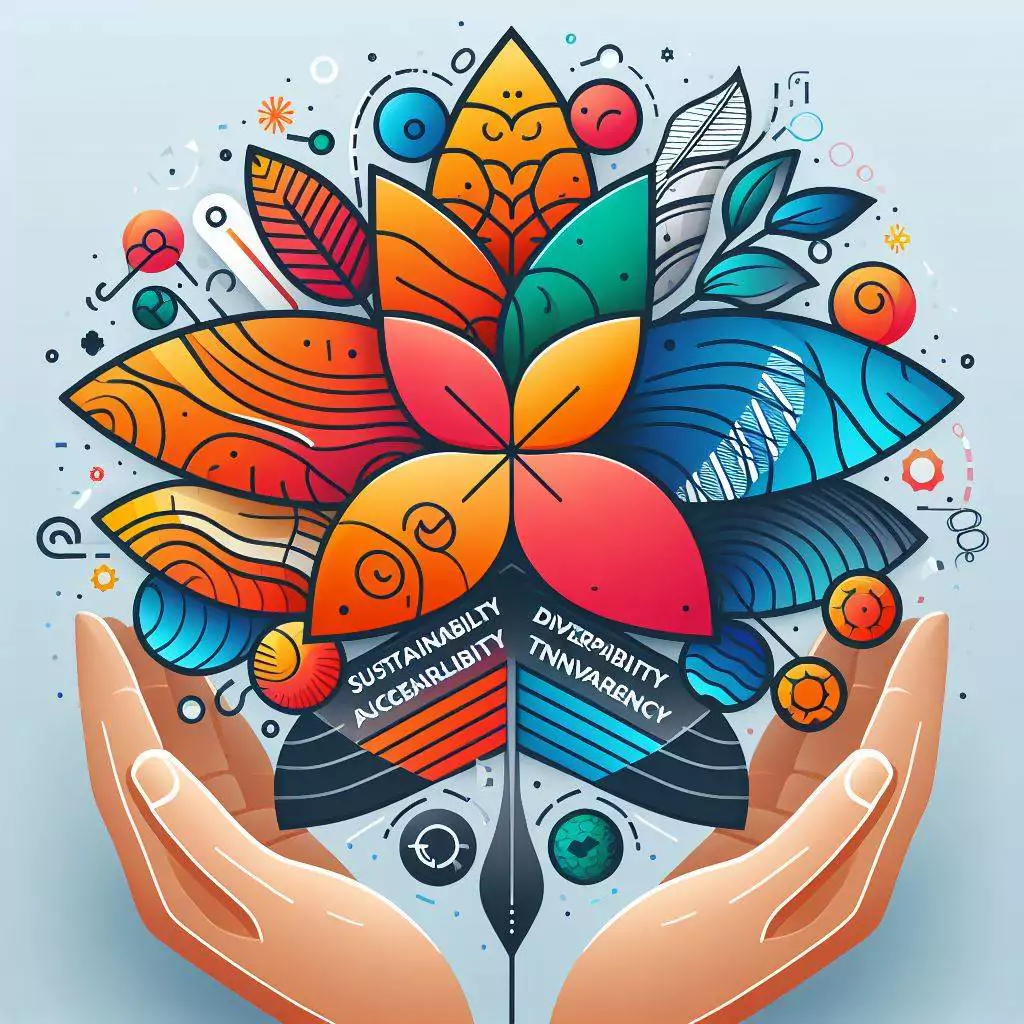
This is all about making design more about caring for people and ensuring everyone is included.
Generative AI
AI’s talent for weaving intricate narratives, crafting complex musical pieces, and even contributing to creating best-selling novels is set to soar. Multi-modal generative AI, which can integrate diverse inputs like text, sound, and visuals, is poised to revolutionize design processes.
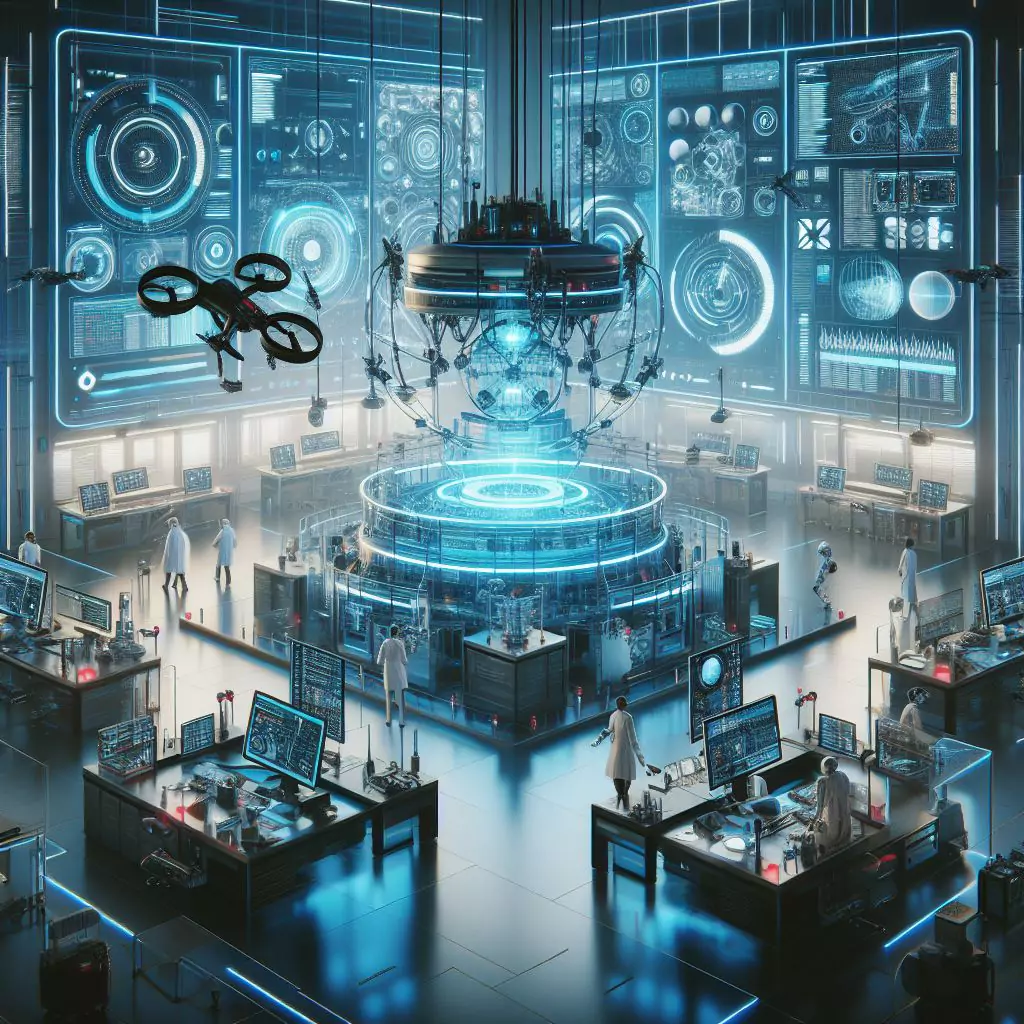
This tech is expected to deliver all-encompassing, multifaceted creative solutions by seamlessly merging different types of input. As these technologies advance, distinguishing content created by humans from AI-generated content will become an increasingly essential skill.
Motion design
In 2024, AI will make motion design more lively and interactive. AI algorithms will be used to create smooth animations that can change based on how people interact with them. AI is pushing motion design to be more lifelike. It’s not just about looking good; it’s about feeling intuitive. This shows how tech is becoming more important in making designs that really think about the user. AI’s power to work with significant amounts of data means designers can make unique animations for each user, making the experience on digital platforms better and more personal.
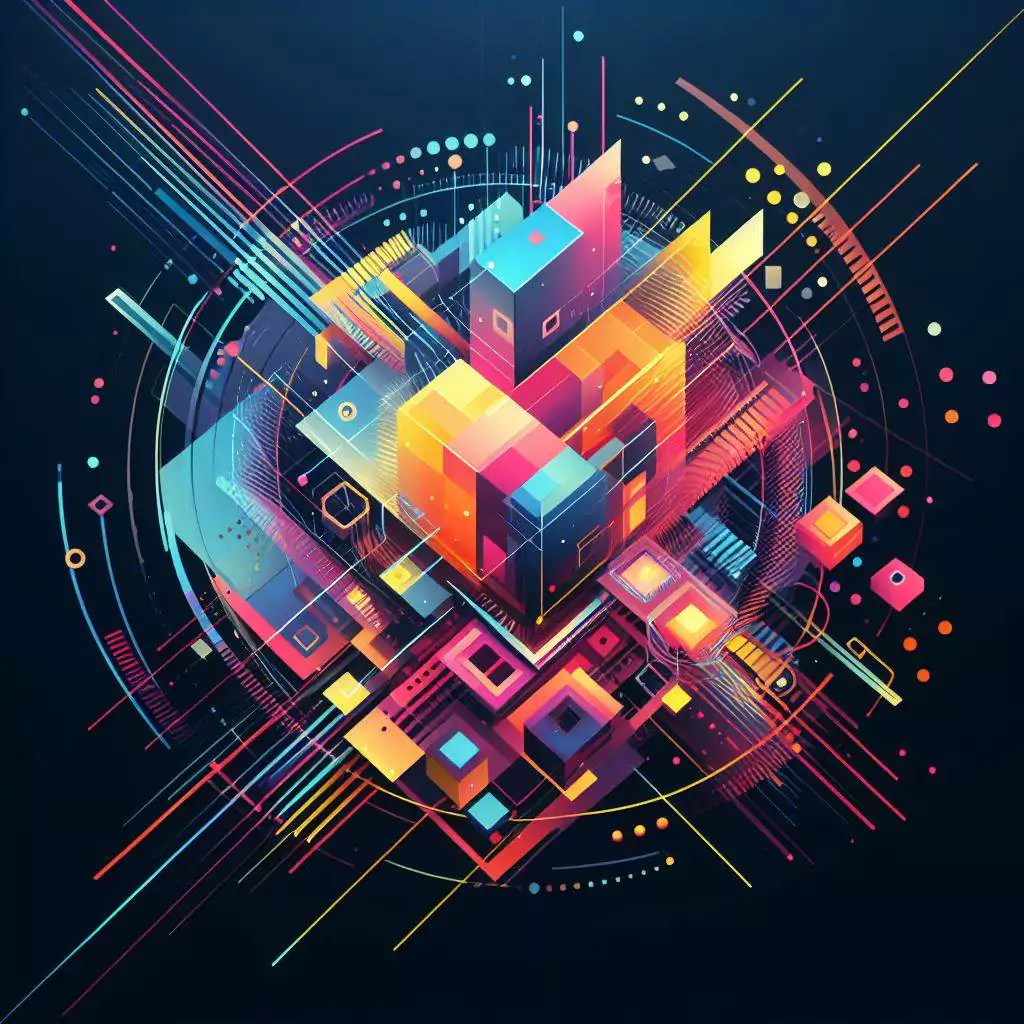
The Future of AI in Design
As we look towards 2024, the role of AI in design is poised for unprecedented growth, promising to significantly enhance the creative process. AI is expected to become a vital tool for designers, offering a blend of efficiency and innovation that was previously unattainable. The predictive power of AI will enable designers to anticipate trends and user preferences, crafting designs that are not only aesthetically pleasing but also highly functional and user-centric.
The future of AI in design is not about replacing human creativity but augmenting it. Designers will leverage AI to handle repetitive tasks and data analysis, freeing time to focus on the creative aspects that require a human touch. AI will serve as a collaborative partner, providing designers with new perspectives and inspirations drawn from its vast processing capabilities.
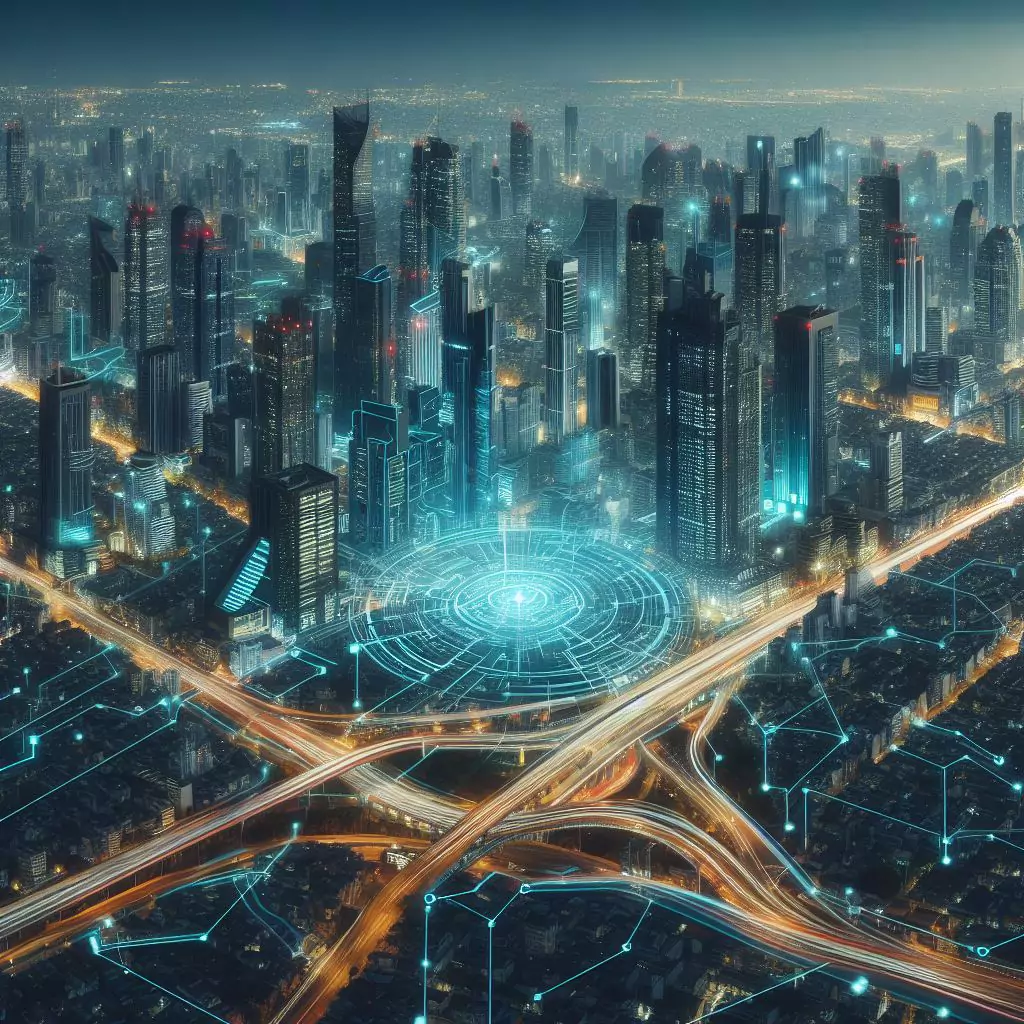
However, maintaining a balance between AI assistance and human creativity will be crucial. While AI can suggest countless design iterations, the human designer will apply critical thinking, emotional intelligence, and cultural understanding to select the most appropriate design solutions. This synergy will lead to more innovative, empathetic, and effective designs that resonate deeply with audiences.
In essence, AI’s evolution in design will foster a new era of collaboration where technology amplifies human potential, leading to a richer tapestry of design possibilities that push the boundaries of what we can imagine and create.
How ZMO.AI can help?
ZMO.AI is like a magic wand for anyone who wants to create incredible designs or improve pictures without needing to be a pro. It’s a set of tools that can change a photo’s background, take out stuff you don’t want, or even make realistic-looking models. This is perfect for people who need to create images for their business, social media, or just for fun. Imagine you have a photo, but the background differs from what you want. With ZMO.AI, you can click a button and poof! The background changes to whatever you like. Or maybe there’s a pesky photobomber in your perfect shot. ZMO.AI can make them disappear, just like that.
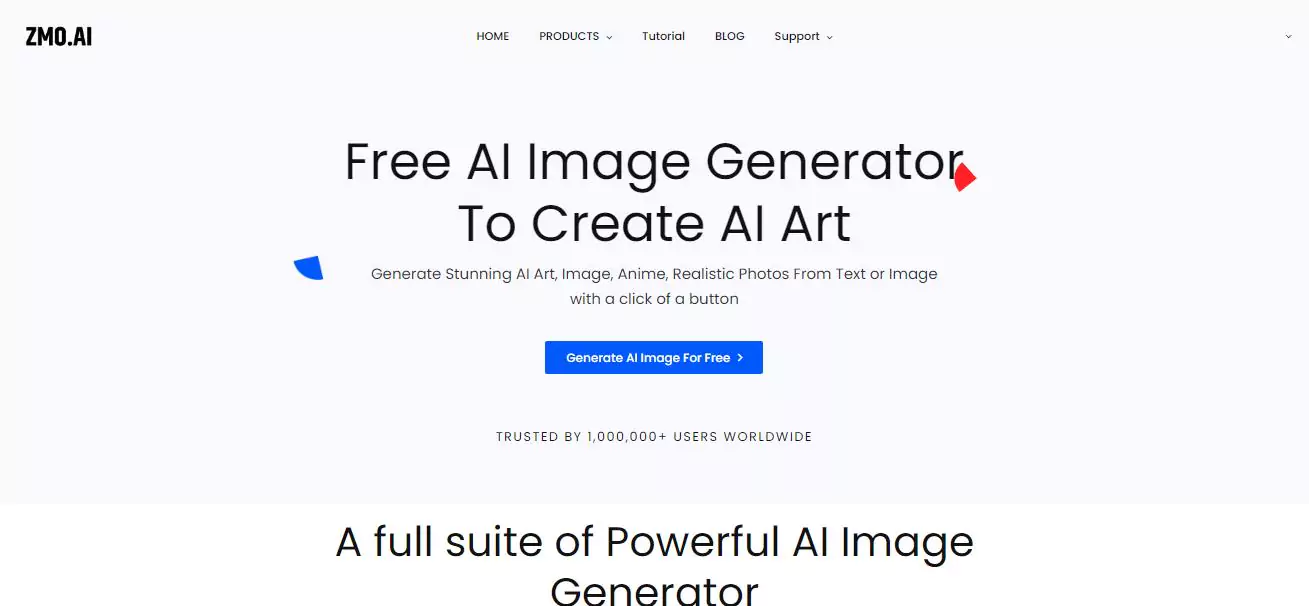
But it’s not just about fixing photos. ZMO.AI can also help you come up with new designs. It can mix and match different styles and ideas to create something totally new and extraordinary. And the best part? It learns from what you like. So, the more you use it, the better you know what you want. For businesses, especially in fashion, ZMO.AI is a game-changer. It can predict hot styles and help design clothes that people will love. It’s like having a crystal ball for fashion trends.
And if you’re worried about ensuring everyone can enjoy your designs, ZMO.AI has your back. It can check if your designs work well for people with color blindness or other needs, ensuring your work is for everyone.
So, ZMO.AI is not just a tool; it’s your creative partner. It helps you make things look great and meet your needs, whether you’re a designer, a business owner, or someone who loves creating.
Conclusion
In 2024, the fusion of AI and design will reshape creativity across various domains. AI’s integration streamlines tasks, enabling designers to focus on innovation. Collaborative platforms enhance teamwork globally, fostering creativity. AI-driven education platforms personalize learning, making design accessible. Advancements in 3D, motion and web design redefine user experiences. Ethical design, prioritizing inclusivity, gains prominence with AI’s assistance. Generative AI promises diverse creative solutions, while ZMO.AI empowers creators with its versatile tools. The future sees AI as a collaborative partner, augmenting human creativity. Striking a balance between AI assistance and human ingenuity will unlock new design realms, enriching user experiences globally.



